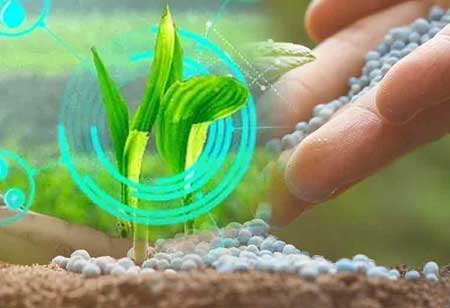Thank you for Subscribing to Agri Business Review Weekly Brief
Smart Farming results of Agriculture
Agriculture's innovative IoT applications allow forward-thinking businesses to increase yields while improving food safety and delivery.

By
Agri Business Review | Thursday, April 21, 2022
Stay ahead of the industry with exclusive feature stories on the top companies, expert insights and the latest news delivered straight to your inbox. Subscribe today.
loT modules for agricultural installations should be high quality and consolidated to ensure stability and dependability even in the harshest environments.
FREMONT, CA: Agriculture's innovative IoT applications allow forward-thinking businesses to increase yields while improving food safety and delivery. Sensors, gateways, and modules collect and analyze accurate real-time data for better decisions, cost savings, and regulatory compliance on crop and livestock monitoring to water management, farm-to-fork regulatory compliance, etc.
Here are three smart farming solutions in agriculture:
Gateways
Gateways are hardware devices that permit data to travel between two networks. They're major to the smart farm environment because they give reliable access to sensor networks, cameras, and actuators.
Many farms are also remote and rural, with operations spread out over large distances and across various topographies. Therefore, the requirements for connectivity might be rather diverse. However, gateway design innovations, particularly the integration of higher industrial-grade vital components such as wireless communication modules and game-changing private LTE and private 5G technologies, assist agricultural IoT integrators in fully meeting farmers' needs to monitor operations in any circumstance.
Modules
Modules are the basis of IoT devices, frequently ranking among the top five most expensive components in the bill of materials. IoT modules for agricultural installations should be high quality and consolidated to ensure stability and dependability even in the harshest environments. Smart farming is a mission-critical solution sector; therefore, selecting a connected farming device module is based on the entire lifespan cost and ROI rather than the purchase price.
Sensors
Farmers will have more ways to apply sensor technology to their particular circumstances as sensor technology advances, such as merging low-power, miniaturized, and disposable tracking technologies with the power of 5G. Distinct or in combination, this technology will assist them in responding to changing environmental, staffing, regulatory, and demand conditions.





